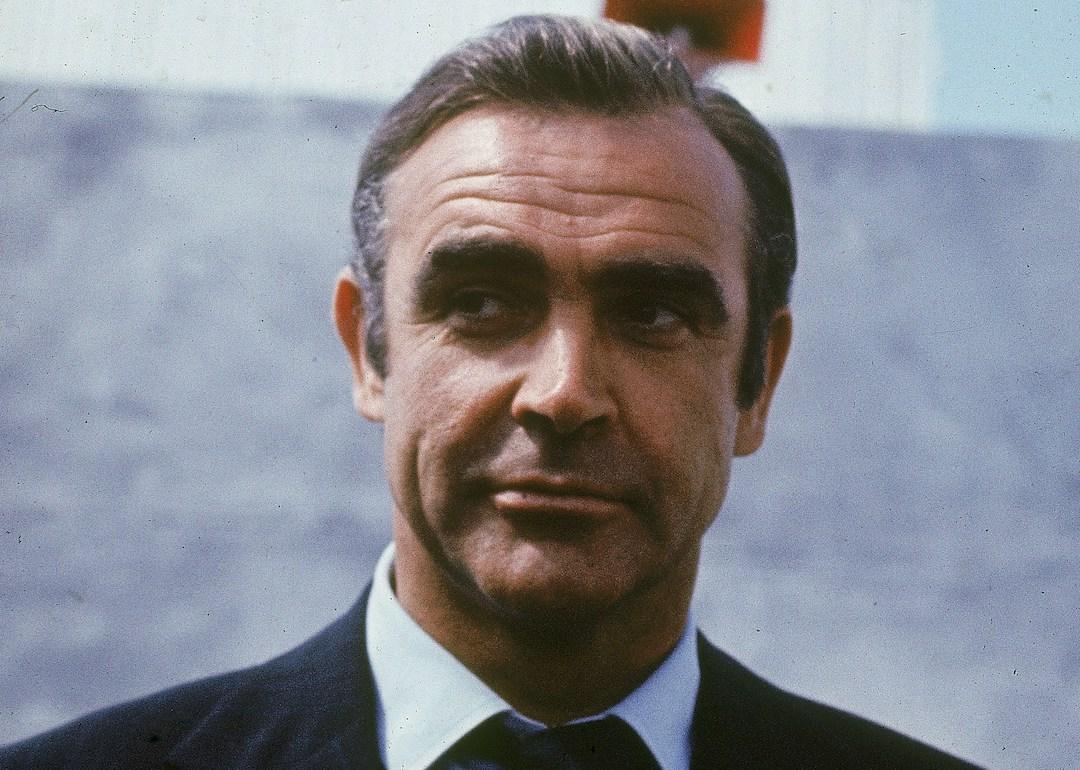
20 factoids from the top movies of the '60s
The 1960s was a banner decade for movies. From Western films and Disney animated movies to blockbuster musicals and the now-classic horror genre, the '60s were the advent of some of the most iconic films of the 20th century.
This pivotal decade in cinema launched the careers of stars like Audrey Hepburn, Sean Connery, Barbra Streisand, and Julie Andrews. Hollywood was rife with drama on and off screen, and the Civil Rights Movement was in full swing. Inspiration for a diverse range of stories and themes flourished. But many of these famous films have their own stories behind the scenes—sometimes even more interesting than what played out on screen.
For example, did you know that the first cinematic James Bond actor ended up hating the character? Do you know the reason why "never work with children or animals" is such a popular adage in the industry? How about the way that cars were "auditioned" for "The Love Bug?"
To offer a few answers to those questions and more, Stacker compiled a list containing 25 factoids from the top movies of the 1960s. These fun facts come from articles and interviews of the creative teams that brought them to life, as well as from sources like the Academy of Motion Picture Arts and Sciences, the Smithsonian, and IMDb.
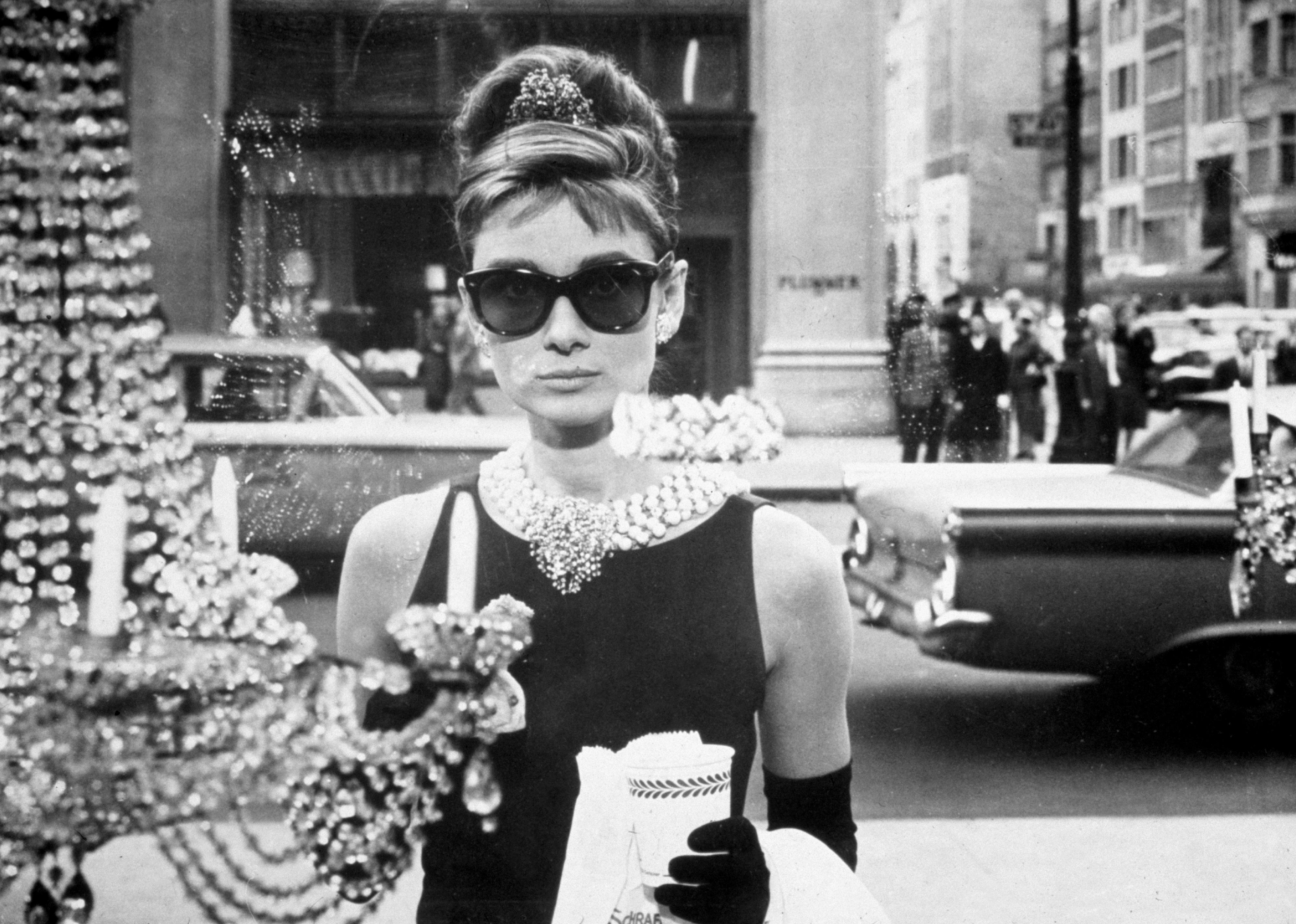
Marilyn Monroe turned down 'Breakfast at Tiffany's'
The part for "Breakfast at Tiffany's" protagonist Holly Golightly was originally intended for Marilyn Monroe. Author Truman Capote, who had written the novel of the same name, had sold the film rights to Paramount Studios and envisioned Monroe as Holly. She turned down the role, as she was advised by her acting coach that the character's party-girl persona would be bad for her image.
Ultimately, Audrey Hepburn took on the iconic role. When Hepburn was cast instead of Monroe, Capote said: "Paramount double-crossed me in every way and cast Audrey."
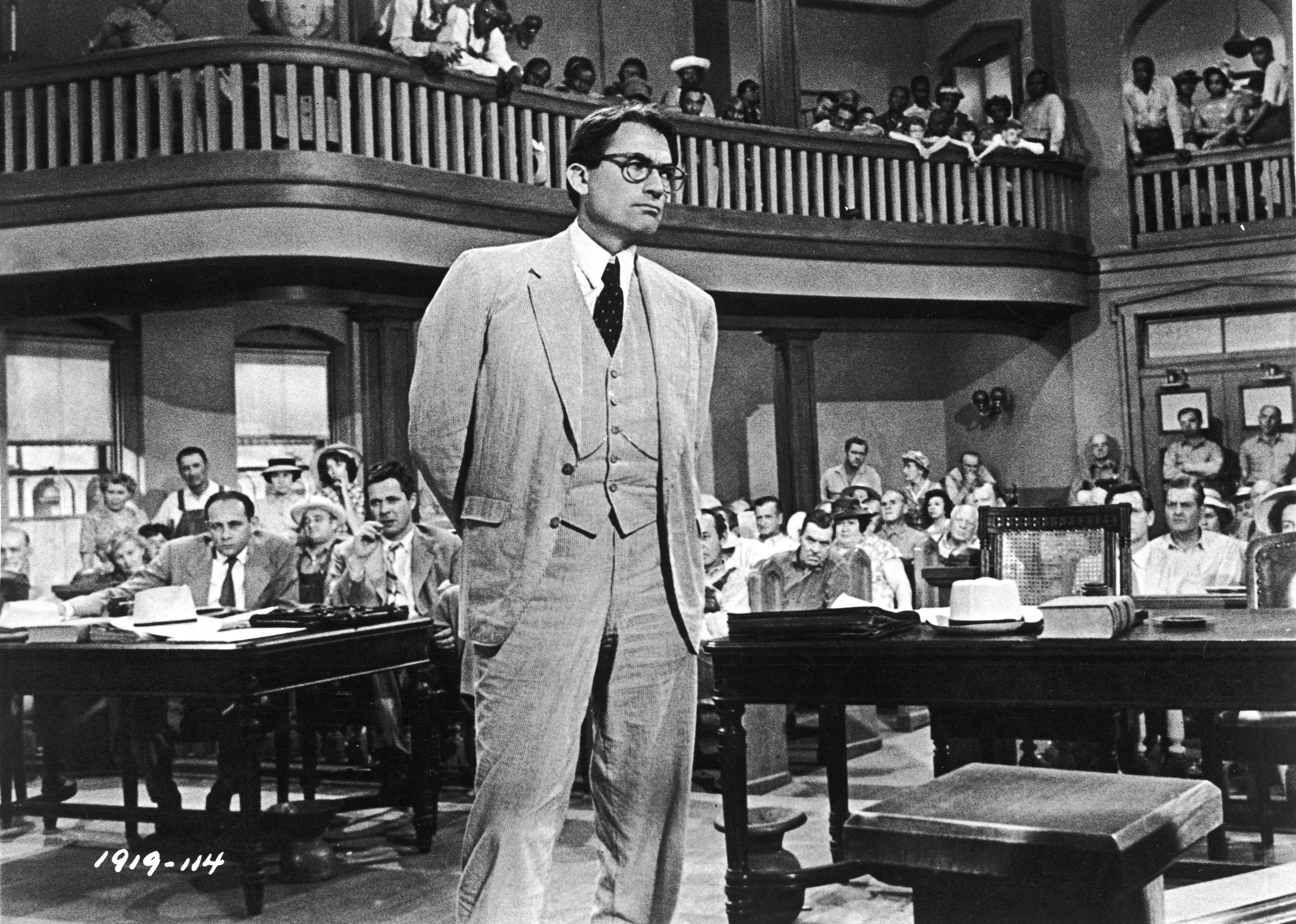
Gregory Peck reminded 'To Kill a Mockingbird' author Harper Lee of her father
Casting for Atticus Finch in "To Kill a Mockingbird" (1962) was competitive, but actor Gregory Peck ultimately got the role because he reminded author Harper Lee of her own father, after whom she had modeled the character. Lee regularly visited the film's set and gave Peck a watch that was used as a prop and belonged to her father after the film wrapped.
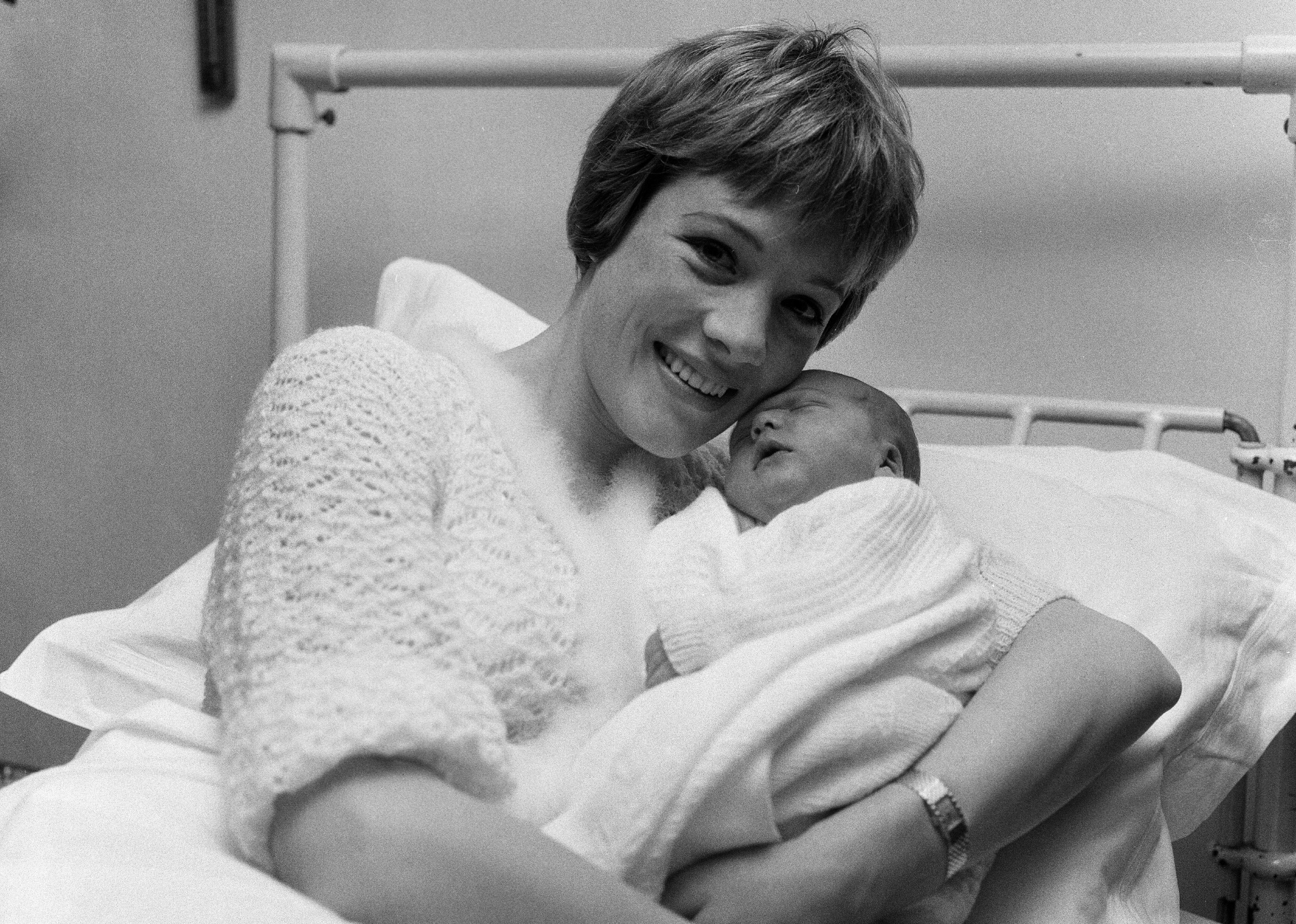
Walt Disney put 'Mary Poppins' on hold for a pregnant Julie Andrews
Walt Disney himself approached Julie Andrews backstage while she was performing "Camelot" on Broadway and asked if she would be interested in the title role of "Mary Poppins." She confessed that she was three months pregnant, which could have interfered with the shoot—but Disney said he was willing to wait to start filming after the birth of her child.
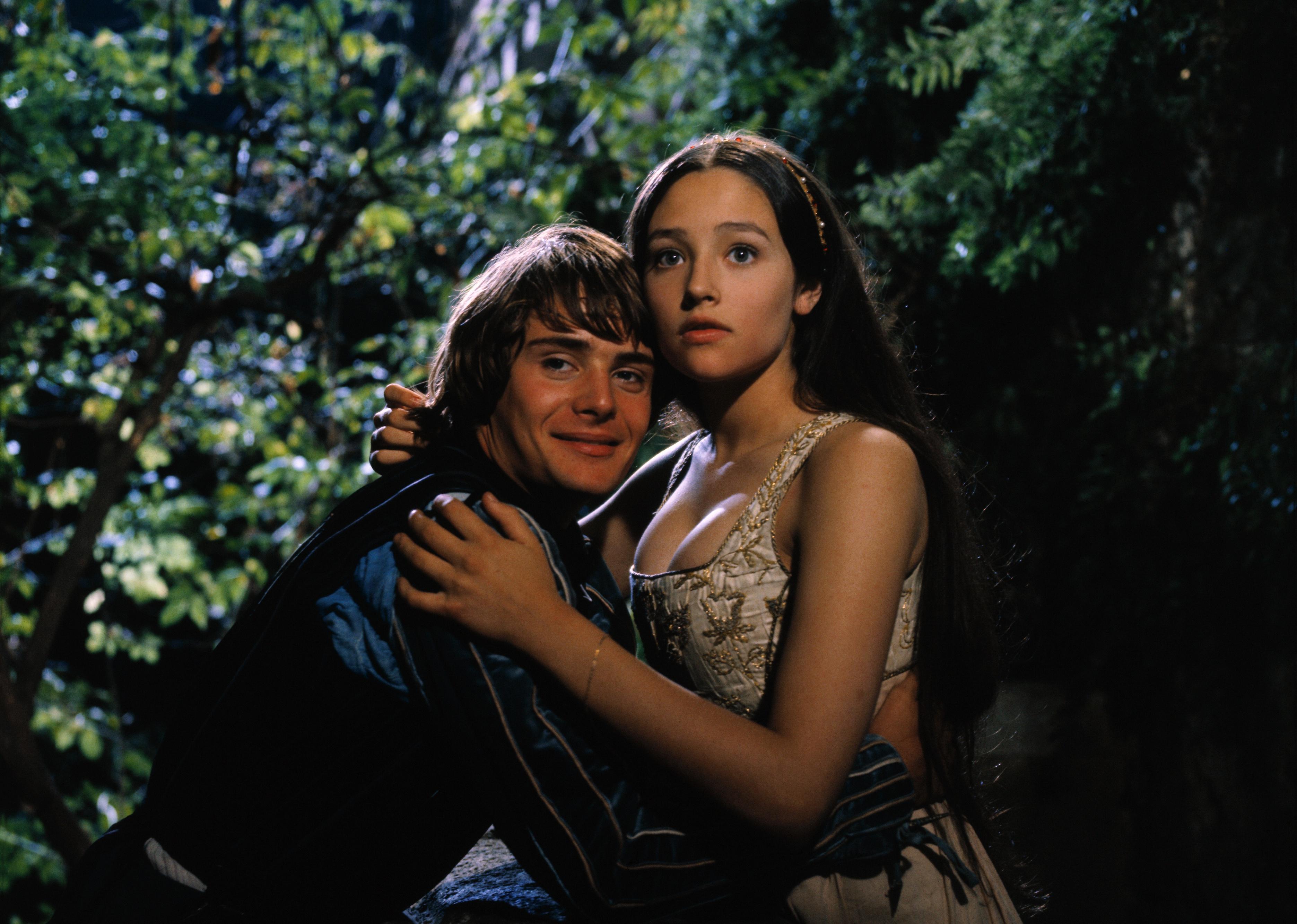
The dialogue in 'Romeo and Juliet' had to be rerecorded
What would Shakespeare's works be without their iconic lines of dialogue? According to Olivia Hussey, who played Juliet, the 1968 film adaptation of "Romeo and Juliet" was filmed using Arriflex cameras, which were very loud. The film's dialogue later had to be recorded separately and synced with the rest of the film.
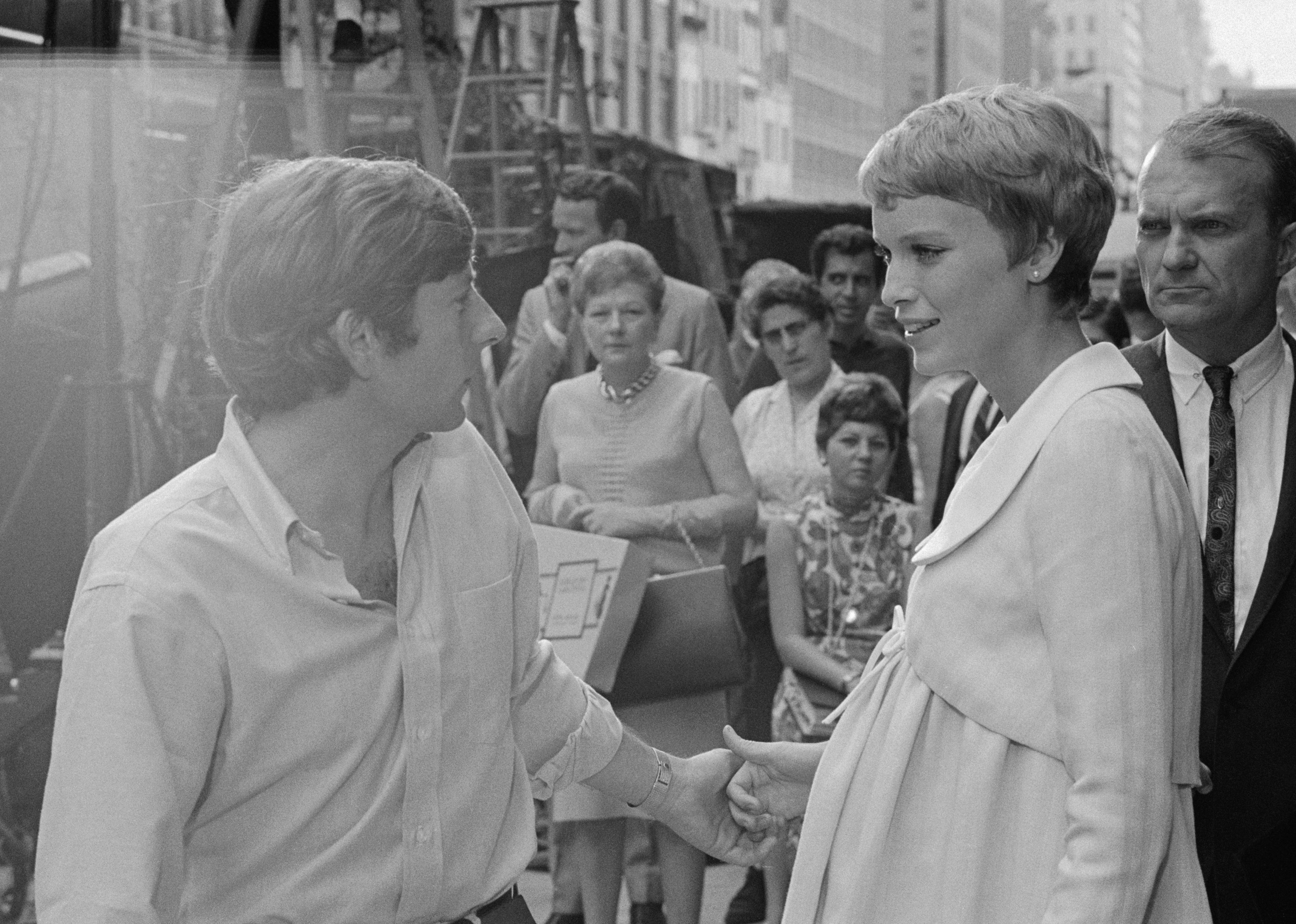
Mia Farrow risked a traffic accident for a scene in 'Rosemary's Baby'
For the horror film "Rosemary's Baby," director Roman Polanski instructed actor Mia Farrow to walk into traffic to film a scene. Polanski operated a hand-held camera, as no one else on set was willing to risk the dangerous stunt. To convince Farrow, Polanski reportedly told her, "Nobody will hit a pregnant woman," and Farrow went through with the stunt without incident.
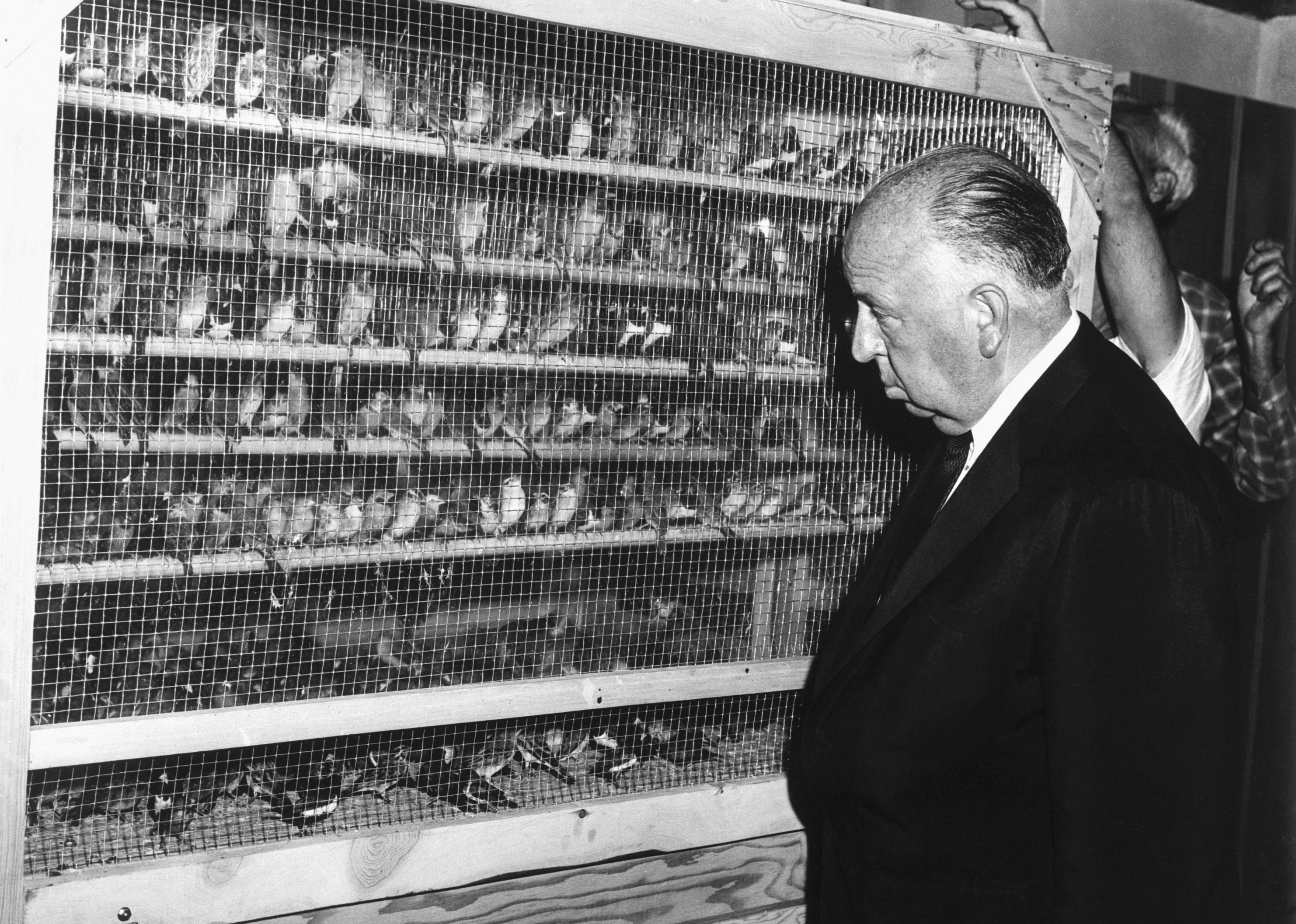
'The Birds' was based on a real California bird attack
As surreal as the events in "The Birds" (1963) may be, they were inspired by real events. Director Alfred Hitchcock heard of a 1961 event where a mass bird attack occurred in Capitola, California. According to a report, seabirds were "dive-bombing" house windows and cars, even vomiting onto residents' lawns. To simulate this effect, the majority of the birds seen in the film are real, including trained crows and ravens, sea gulls, and sparrows.
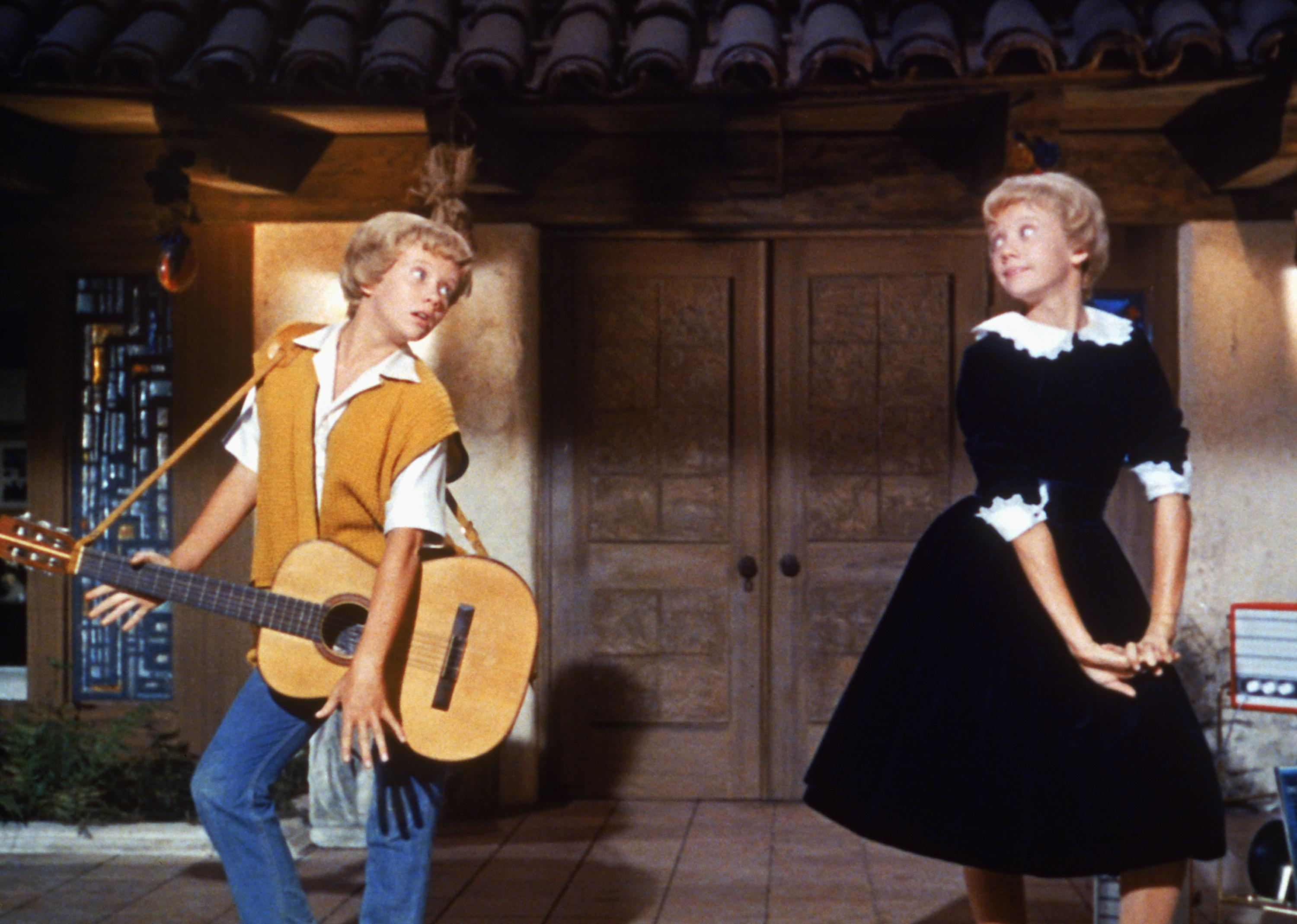
'The Parent Trap' (1961) employed clever editing over a body double
Many millennials grew up with "The Parent Trap" starring Lindsay Lohan as two twins separated at birth, scheming to get their estranged parents back together, but it's actually a remake of a 1961 film starring Hayley Mills.
The film's original screenplay employed only a few trick photography shots of Mills in scenes with herself, but when Walt Disney saw how convincing the processed shots were, he requested that the script include more of these shots, eschewing the original plan of using a body double. In scenes where a body double is used, the actor playing the second twin is Susan Henning, who went uncredited.
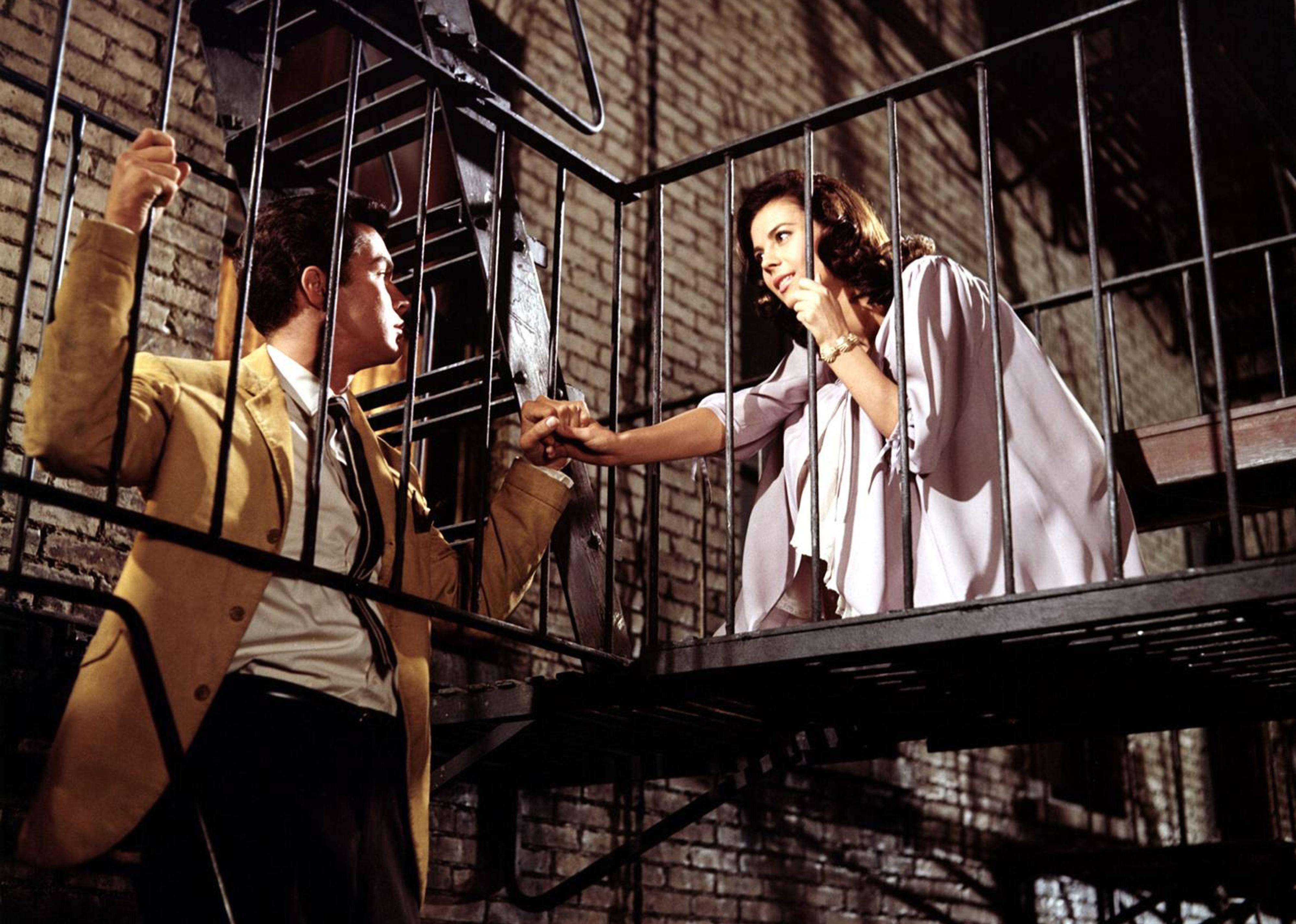
'West Side Story' made use of a ghost singer
In 1961's "West Side Story," actor Natalie Wood prerecorded all her songs, and the production team made the call on whether or not to use those recordings in the film. The filmmakers ultimately used singer Marni Nixon's voice instead, who was also the "ghost singer" for "The King and I" and "My Fair Lady." Nixon said Wood was reportedly not informed that her singing would not appear in the movie, much to Wood's dismay.
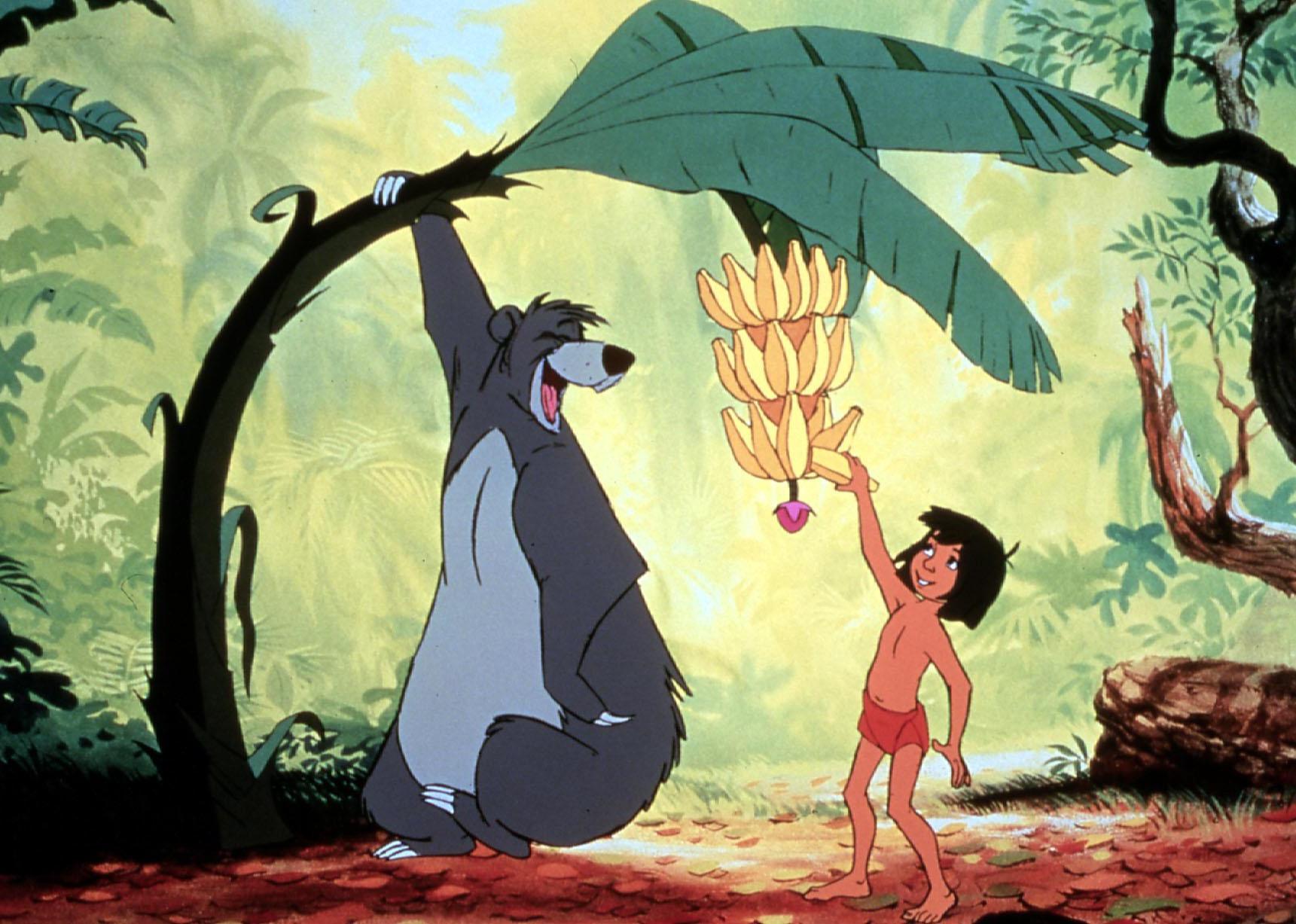
The Beatles could have been in 'The Jungle Book'
"The Jungle Book" features a cast of kooky animal characters, including four vultures who ally with Mowgli, the human child protagonist of the story. These characters were originally planned to be voiced by the Beatles and were designed to resemble the band members. They ultimately turned down the roles, and their planned song was rewritten as a barbershop quartet song. The Liverpool accents, however, remained.
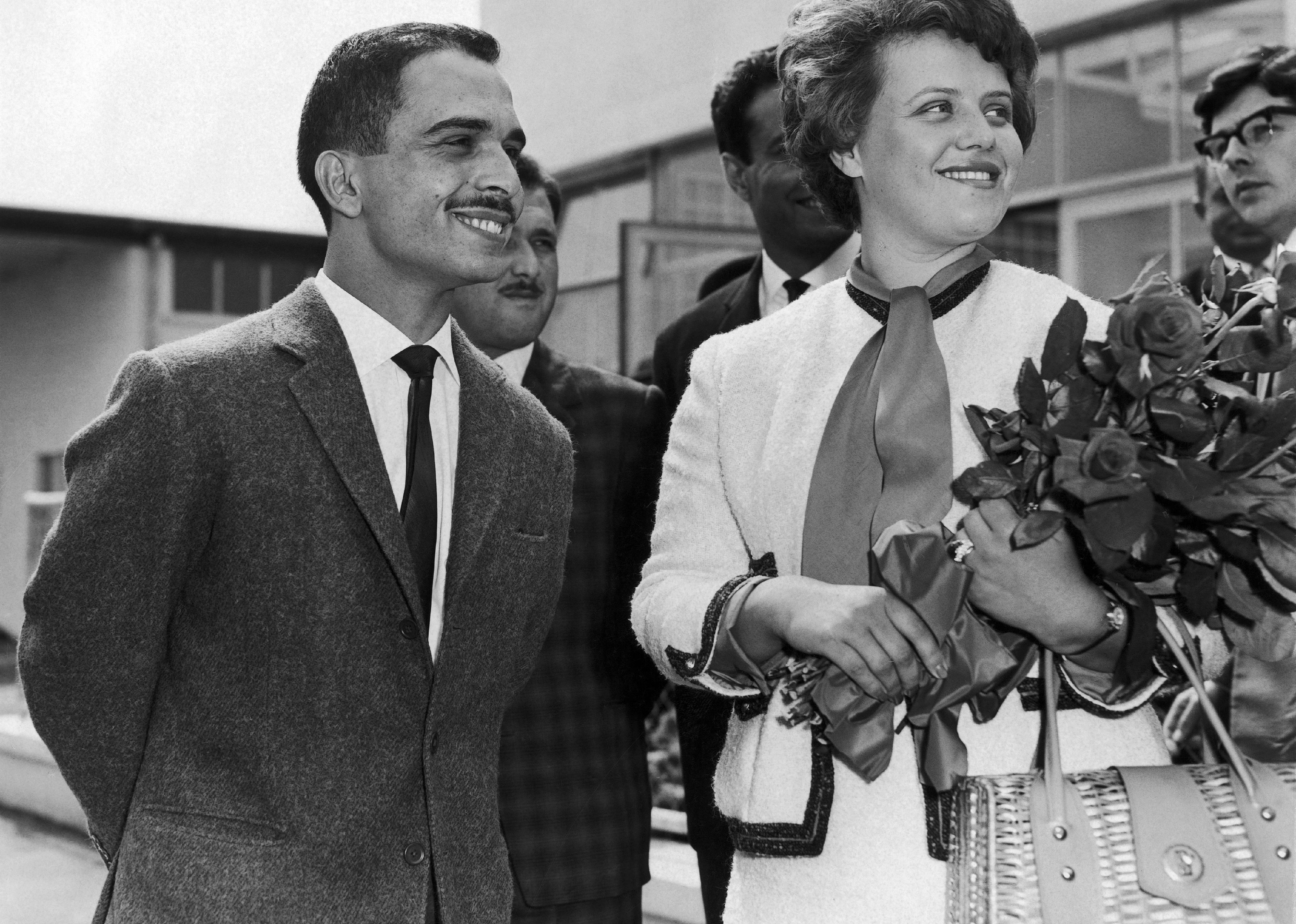
'Lawrence of Arabia' led to a real-life royal love story
"Lawrence of Arabia" included many real soldiers as extras, which inadvertently led to something else entirely. King Hussein of Jordan offered a brigade of his Arab Legion to the film and often visited the sets during filming. As a result of his visits, he fell in love with Antoinette Gardiner, a British secretary working on the film, and they married in 1961—a year before the film was released, styling her as Princess Muna al-Hussein.
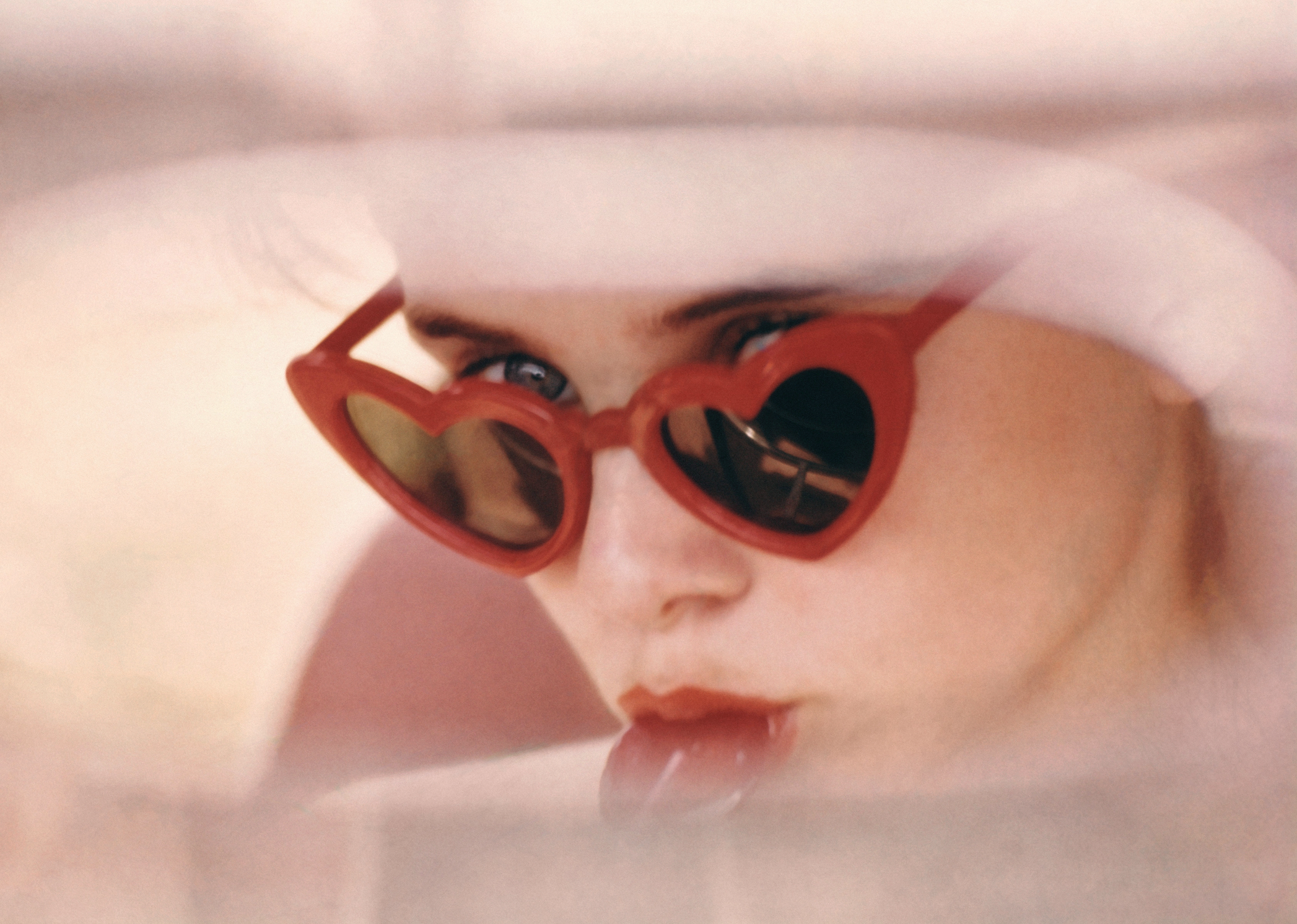
Lolita's heart sunglasses never showed up on screen
The iconic heart-shaped red sunglasses shown on the movie poster and other publicity materials for Stanley Kubrick's controversial adaptation of Vladimir Nabokov's "Lolita" never actually make an appearance in the film. The character of Dolores Haze—nicknamed Lolita and played by Sue Lyon—wears cat-eye sunglasses. Despite this, heart-shaped sunglasses have become synonymous with the trope of a coquettish young girl.
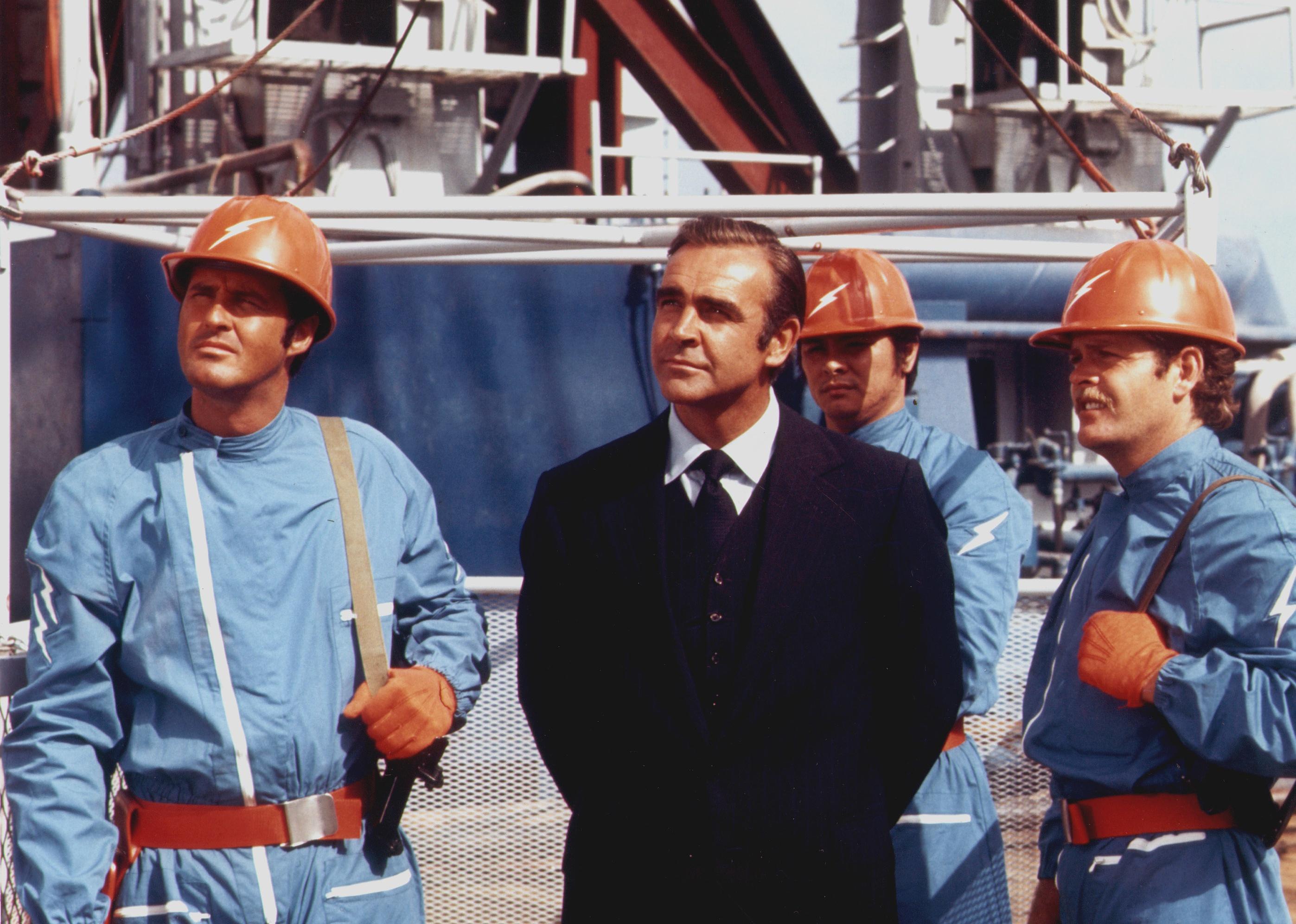
Sean Connery reportedly 'hated' James Bond
James Bond was introduced to general movie audiences in 1962 with "Dr. No," and half a dozen total Bond films premiered throughout the decade. Although Sean Connery originated the titular character and played the role in six official films, Connery said he grew tired of Bond by the 1971 film "Diamonds Are Forever." "I have always hated that damned James Bond," Connery reportedly said. "I'd like to kill him."
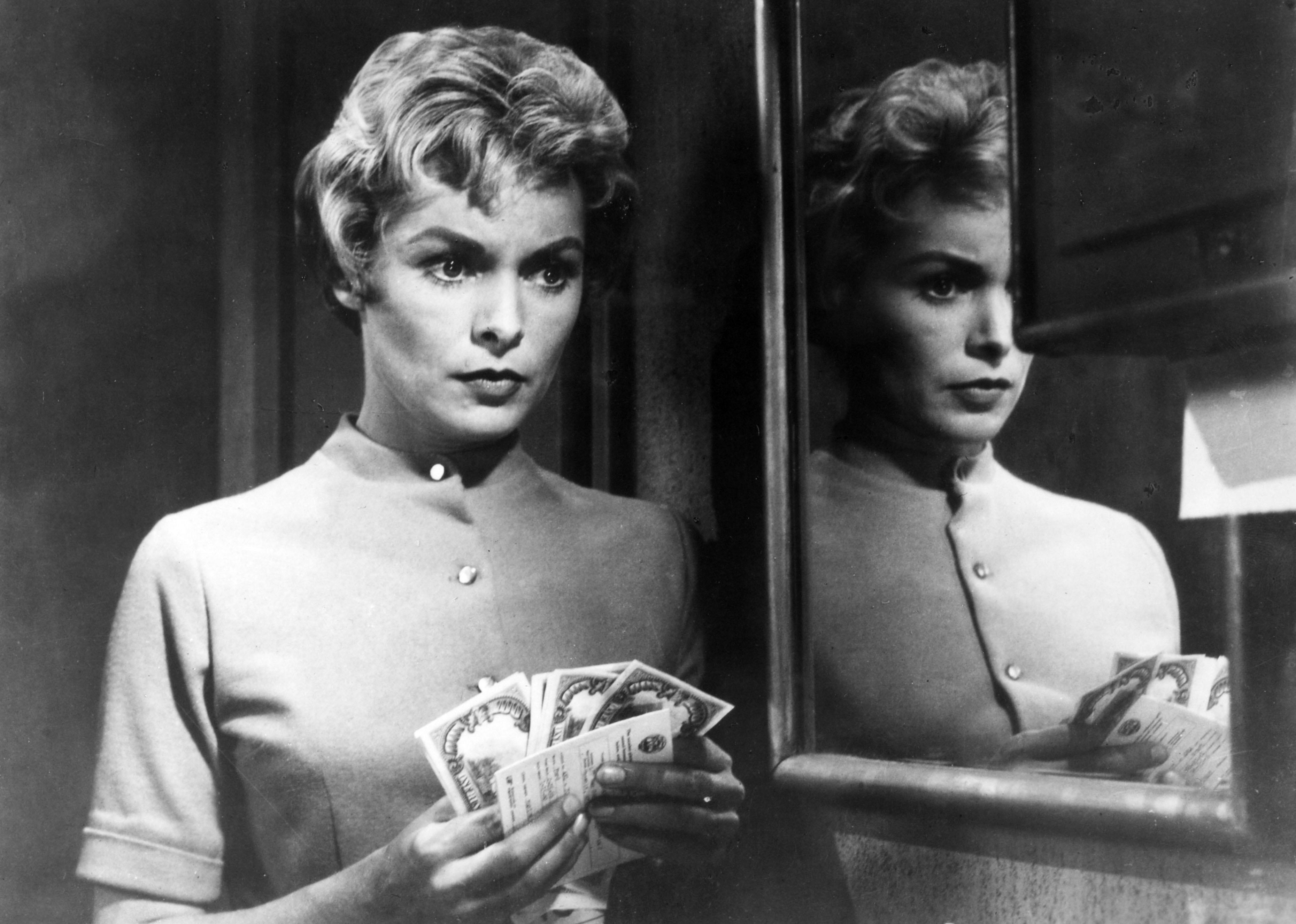
The toilet made its on-screen debut in 'Psycho'
Alfred Hitchcock's "Psycho" broke boundaries for a variety of reasons, but one of them may be unexpected. The thriller was the first American movie to feature a toilet on screen—and to even show it flushing. Censors tried to cut the scene, somewhat taboo at the time, but the shot was kept in as it was integral to the plot.
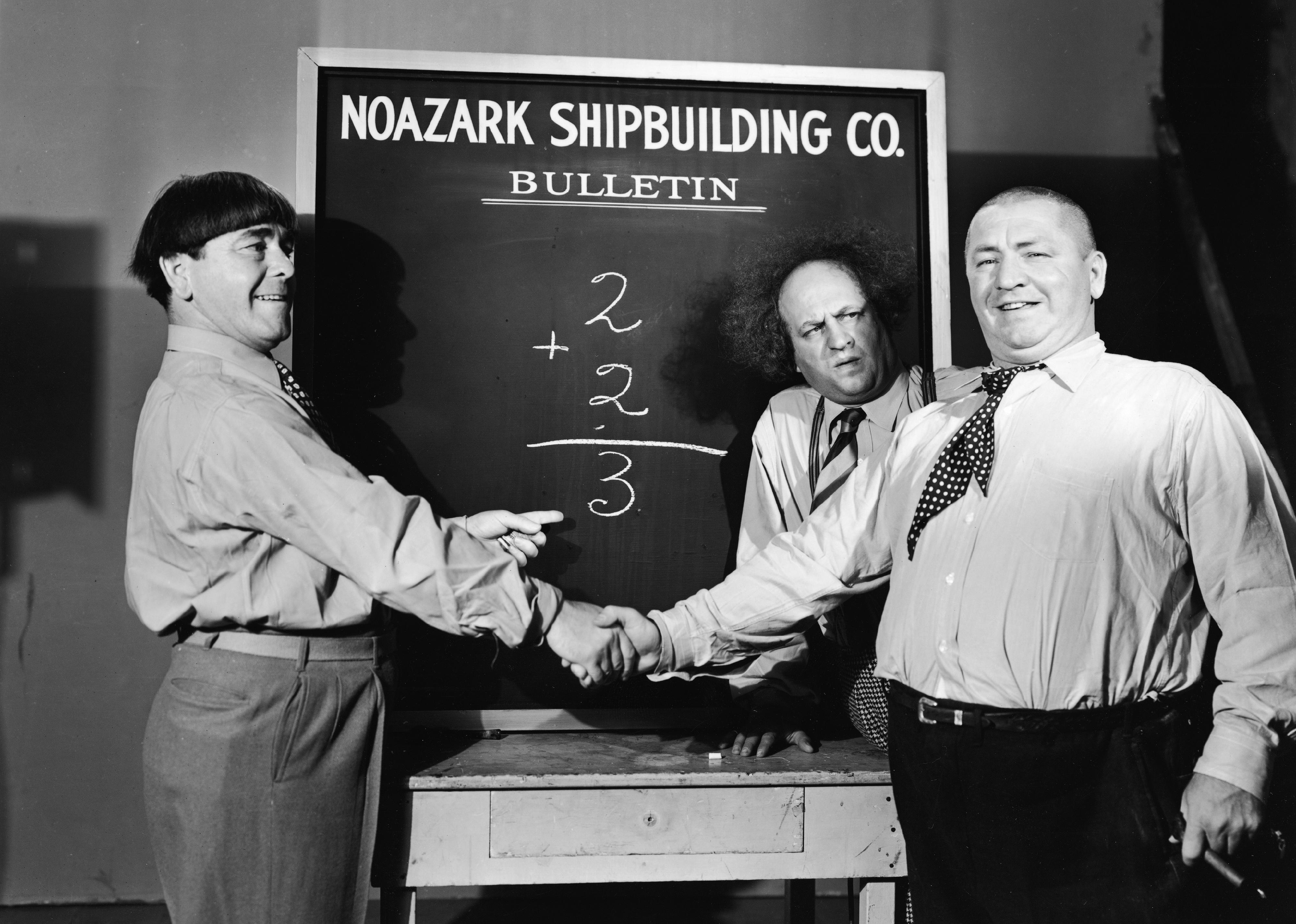
The Three Stooges' eye-poking joke was based on a real event
The comedy trio known as the Three Stooges created nearly 200 movies together, 11 of which premiered in the 1960s. Their signature insult—jabbing at someone's eyes—was born from a real incident between the three. During a card game, Shemp was convinced that Larry was cheating, so he jumped up and poked him in the eyes. Moe decided to incorporate the move as slapstick into their act.
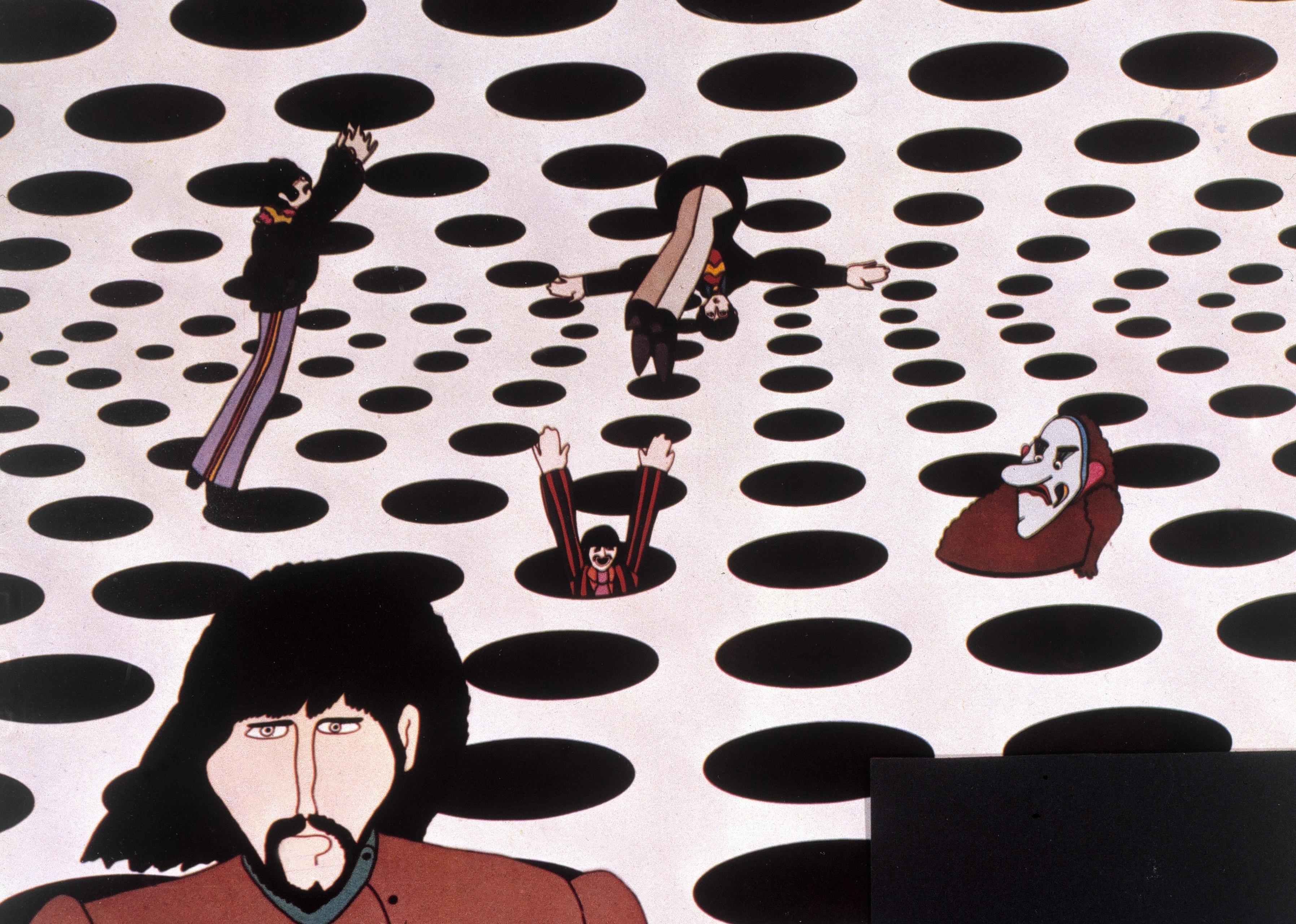
The Beatles did not voice themselves in 'Yellow Submarine'
Before stars like Beyoncé created visual albums to express their music through multimedia, there was "Yellow Submarine." The animated cult classic by the Beatles was colorful, experimental, and quintessential '60s in its style. However, the band members did not voice their own characters, except during musical numbers, supposedly due to their unavailability.
John Clive plays John Lennon, Geoffrey Hughes plays Paul McCartney, Peter Batten (who went uncredited) plays George Harrison, and Paul Angelis plays Ringo Starr.
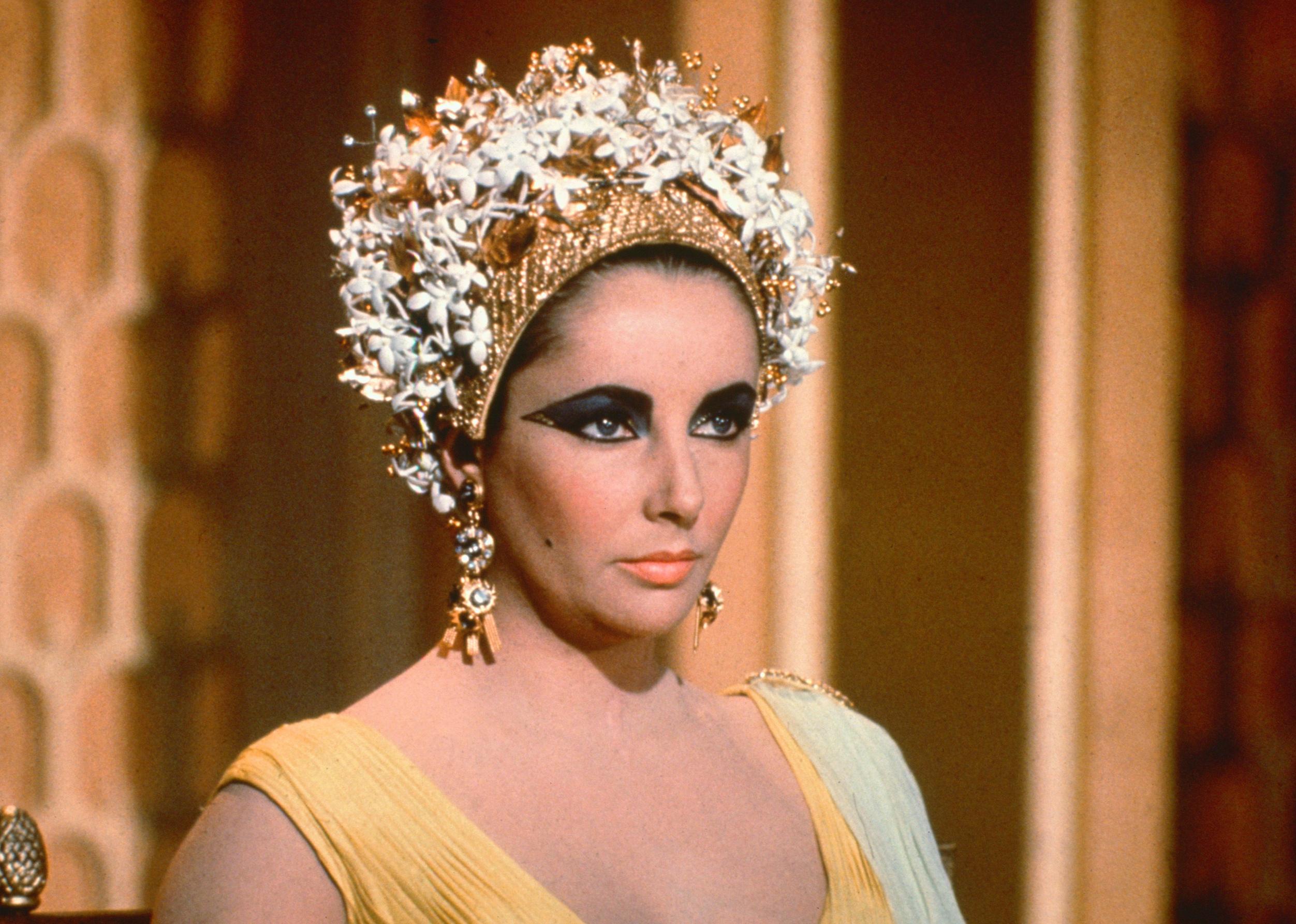
The costumes for 'Cleopatra' were record-breakingly expensive
"Cleopatra" (1963) was one of the most expensive movies ever made; its $44 million budget is equivalent to more than $400 million today. Of that $44 million, the production included the construction of 79 sets and 26,000 costumes. Elizabeth Taylor's 65 costumes totaled $194,800—the highest-ever budget for a single screen actress. One costume was a dress made from 24-carat gold cloth.
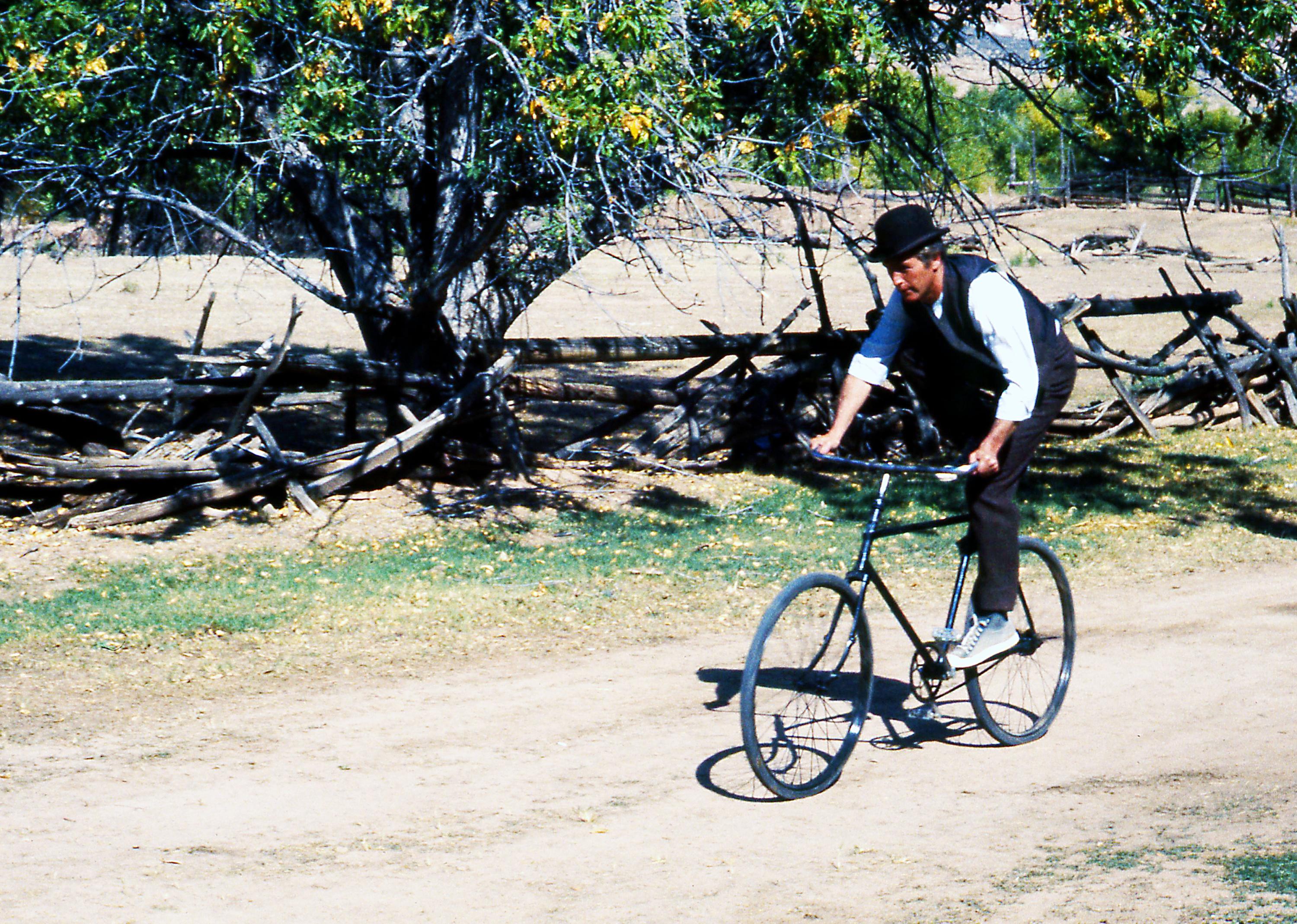
Paul Newman did his own bike stunts as Butch Cassidy
"Butch Cassidy and the Sundance Kid" features a series of bike stunts—nearly all performed by Paul Newman. The original stunt actor was unable to stay upright on the bike, so Newman gamely shot them instead.
Co-star Robert Redford also wanted to do all of his own stunts, but Newman objected out of concern for his safety. In response to the scene where Sundance jumps onto the roof of a moving train and runs along the tops of it, Newman allegedly said, "I don't want any heroics around here. I don't want to lose a co-star."
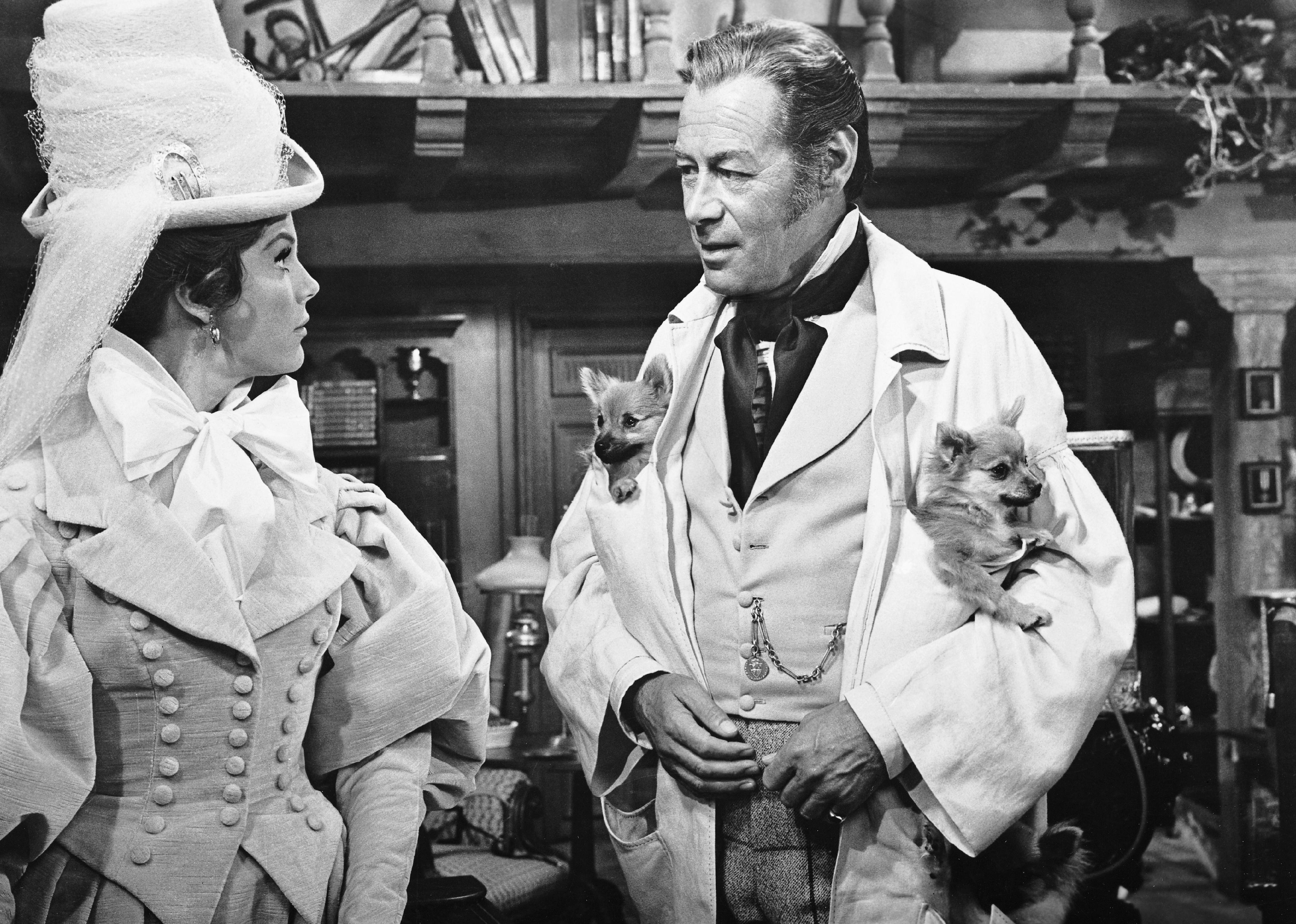
A parrot was confused as the director of 'Doctor Dolittle'
"Doctor Dolittle" (1967) used more than 1,200 live animals during filming, leading to a variety of spoofs and goofs. A parrot named Polynesia learned to yell "cut!"—which greatly confused actor Rex Harrison, who was performing a musical number as the eponymous character, and created a humorous misunderstanding on set.
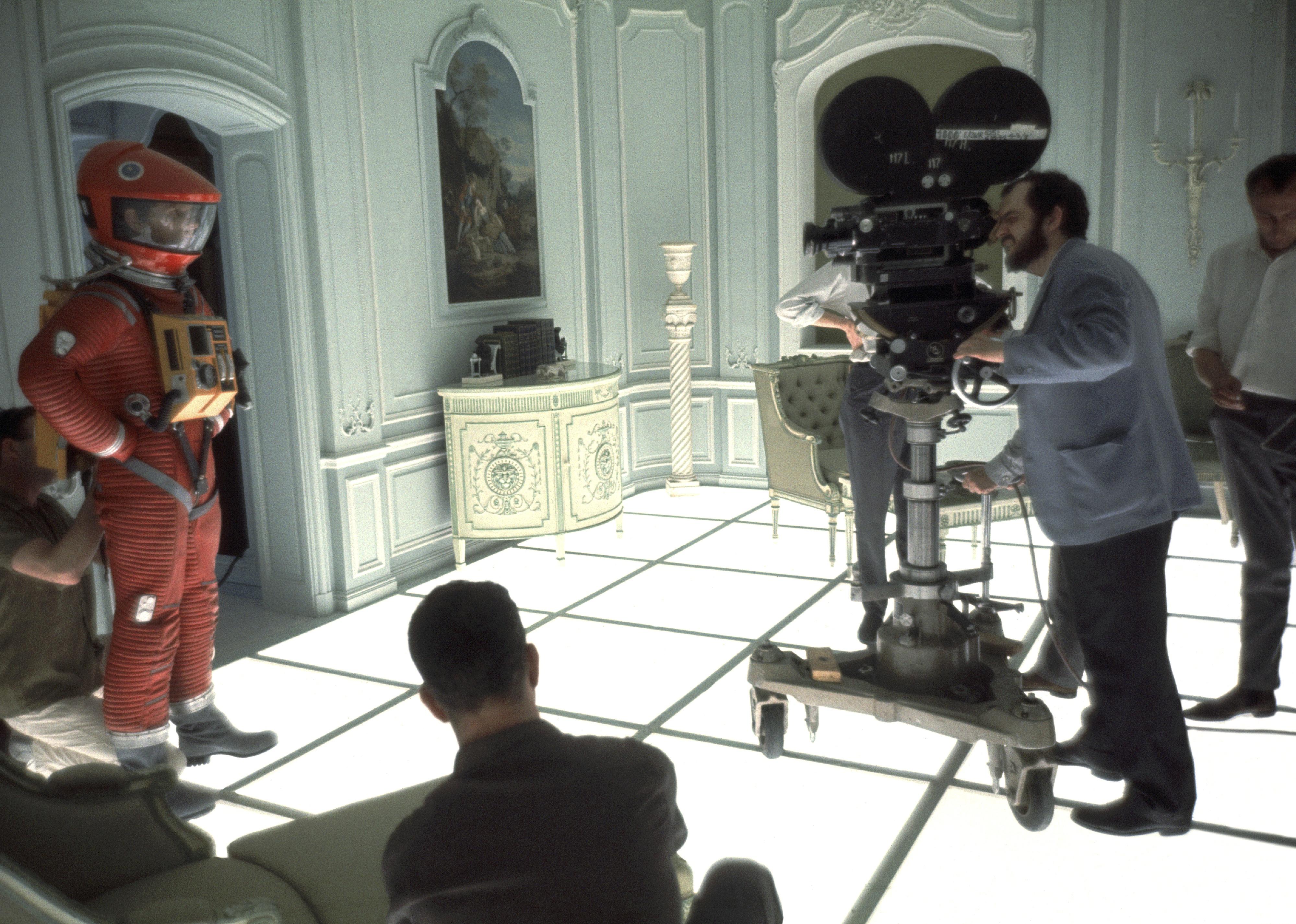
Carl Sagan and Stanley Kubrick clashed while making '2001: A Space Odyssey'
The film adaptation of "2001: A Space Odyssey" was an ambitious movie to write, produce, and shoot, and director Stanley Kubrick wanted as much scientific accuracy as possible. Those who served as consultants included experts from NASA and IBM, science-fiction writer Isaac Asimov, and Carl Sagan.
However, Sagan and Kubrick's relationship was reportedly short-lived. Kubrick, Sagan, and the original "2001" novel author Arthur C. Clarke met for dinner to discuss Sagan's cosmology expertise—and it did not go well. Kubrick allegedly told Clarke to "get rid of" Sagan, claiming he didn't want to see him again.
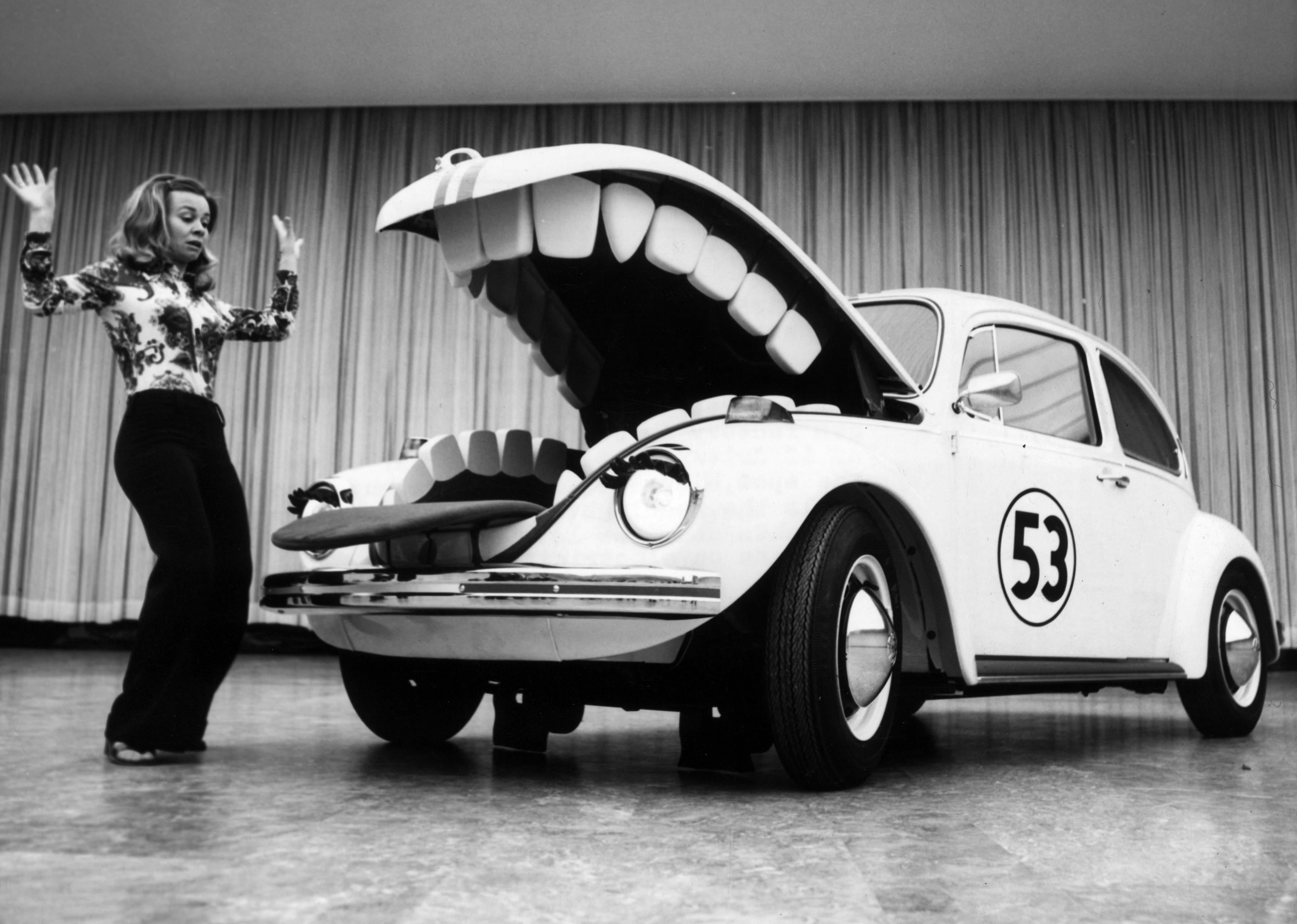
Disney hosted car auditions for 'The Love Bug'
During the preproduction of "The Love Bug" (1968), a casting call was held for the car that would eventually "play" Herbie. Several small cars were set up by the studio's commissary and employees were encouraged to interact with them as they went by. Everybody patted the Volkswagen.
"They didn't pat the other cars, which was indicative. The VW had a personality of its own that reached out and embraced people. Thus, we found our star," producer and writer Bill Walsh said.
Story editing by Chris Compendio. Copy editing by Tim Bruns. Photo selection by Clarese Moller.



